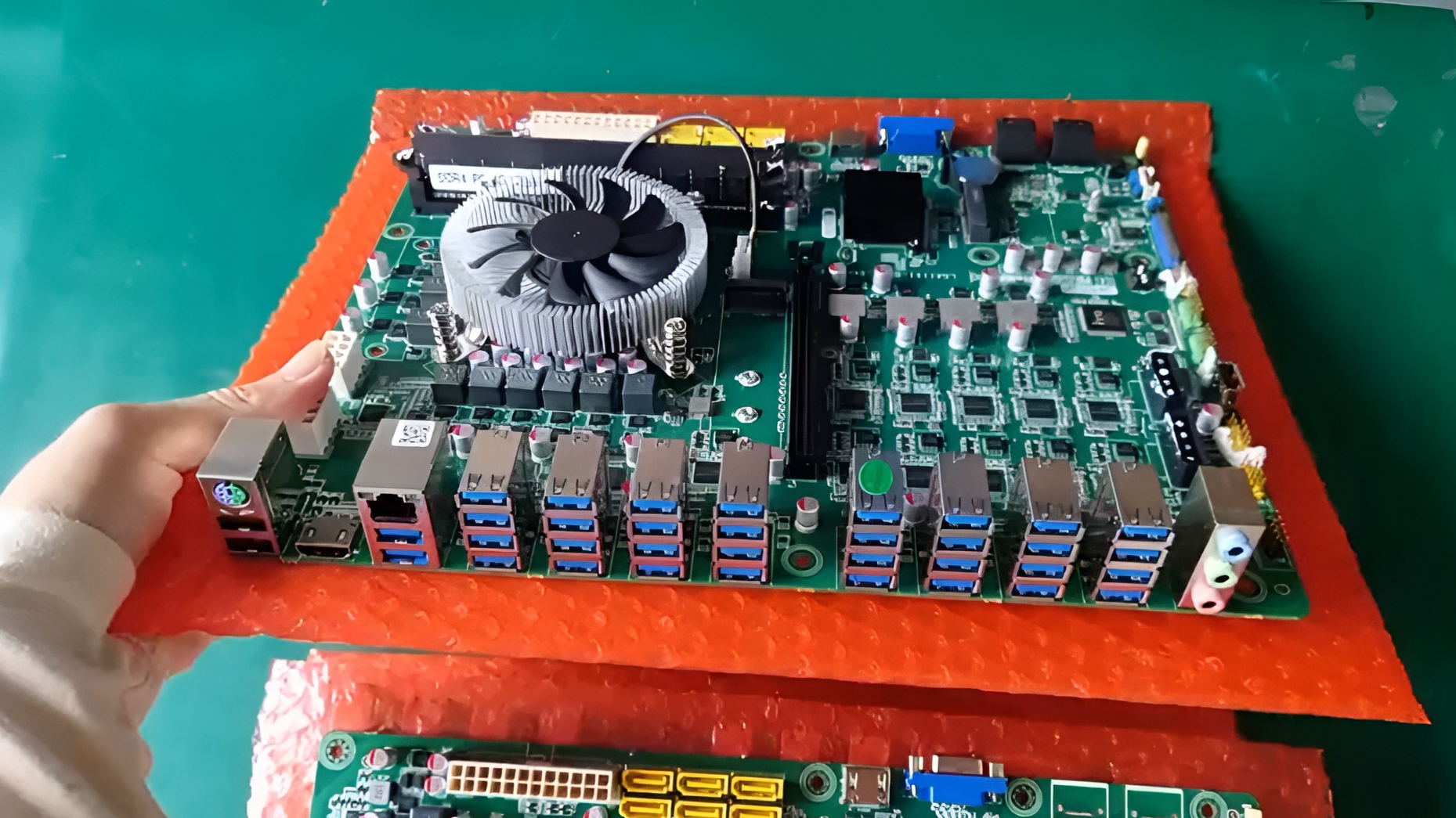What else would you need that many ports for? Genuinely don’t know
It might be for driving multiple cell phones for click-farms.
In industrial settings you often need to collect data from lots of low bandwidth devices. 36 usb-to-serial adapters or something.
I can imagine a lot of other stuff too, like some kind of interactive display in a museum or art exhibition, with lots of IO and little computation. Anything that outgrows a Raspberry Pi.
There are easier ways do to this in either of those applications. The only thing I can think of is click farms.
It could be useful if you need to load documents on a large number of flash drives to hand out for some event. It could also be used with a bunch of SDR dongles for monitoring a lot of different radio signals.
I would assume they have multiple USB controllers, so there would be a lot more bandwidth available than just using USB hubs with a normal PC.
I cobbled together a bunch of external drives connected via USB 3.0 and made a big 10TB NAS using LVM.
It’s stupid, but true.
Note how they are all old school USB ports, and not USB C.
It’s actually cheaper to use the USB 3 A ports then it is to use the USB C ports. There’s a lot less wiring (and circuitry) that needs to be done for this amount of ports. A full spec USB C port has somewhere between 20-24 pins that are all used if you need USB 3.x speeds. A USB 3 A port has 9 that are used for full data speed. It’s orders of magnitude less annoying to run that many traces on a board and keep the data speeds where they need to be.
No USB-C :(






